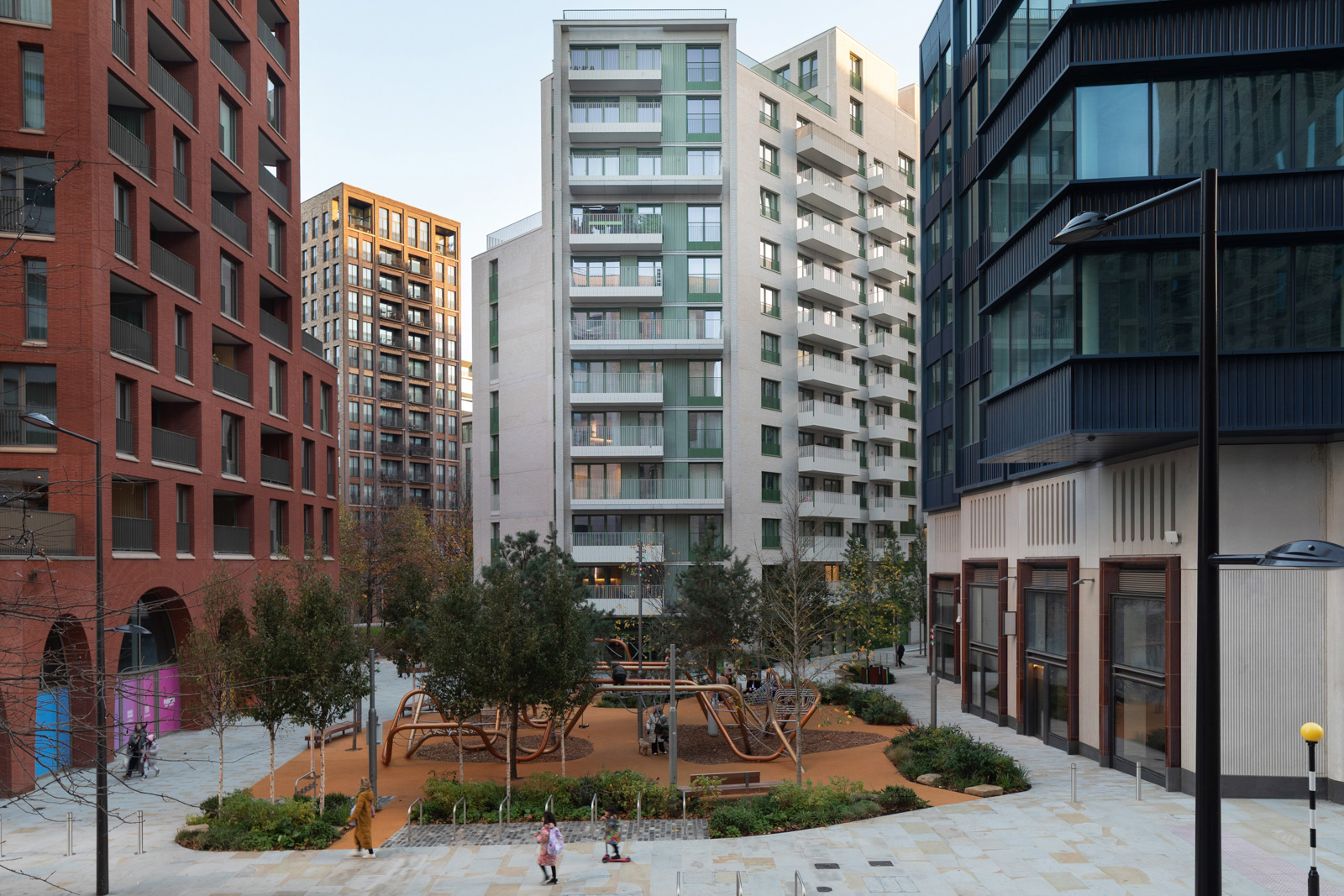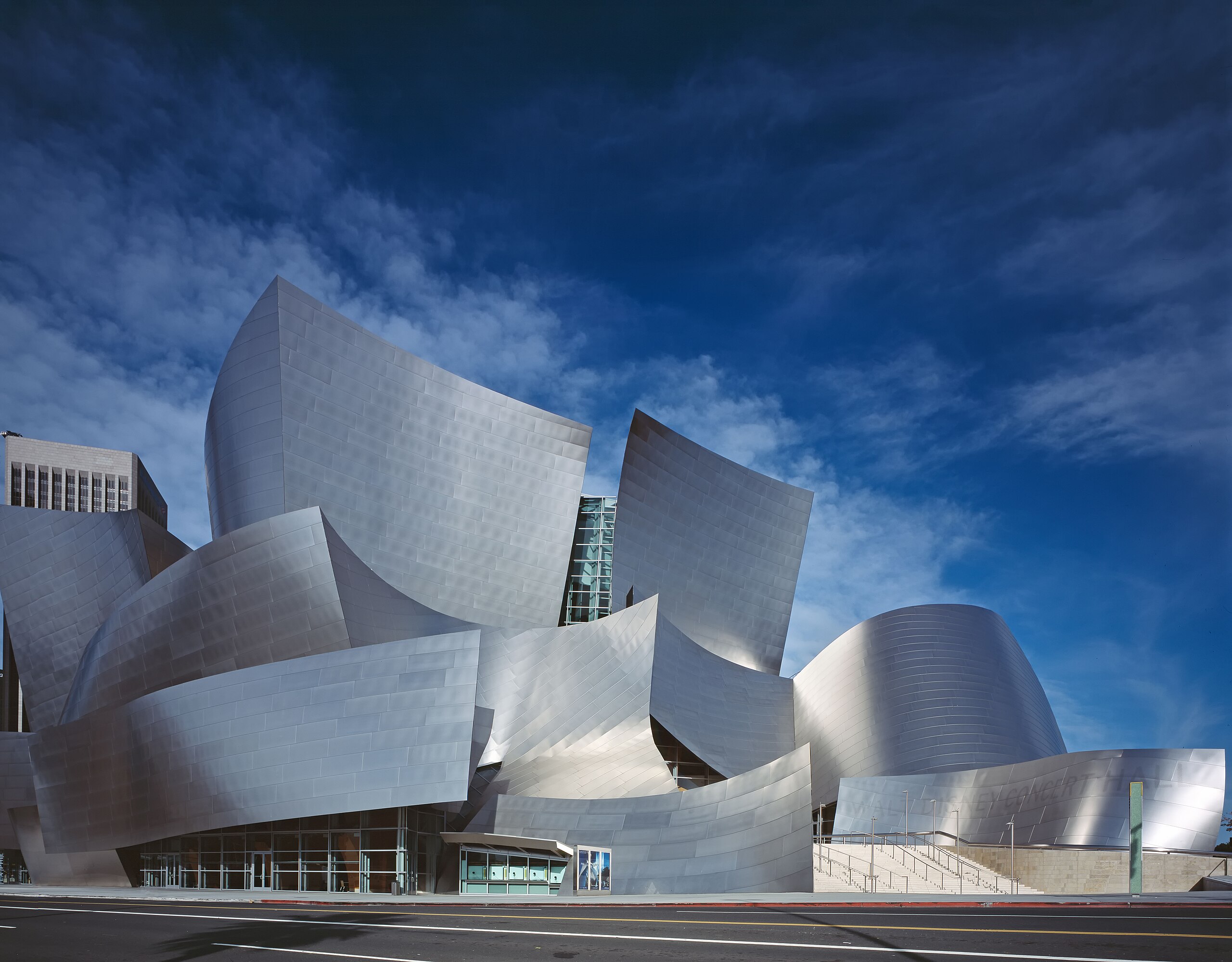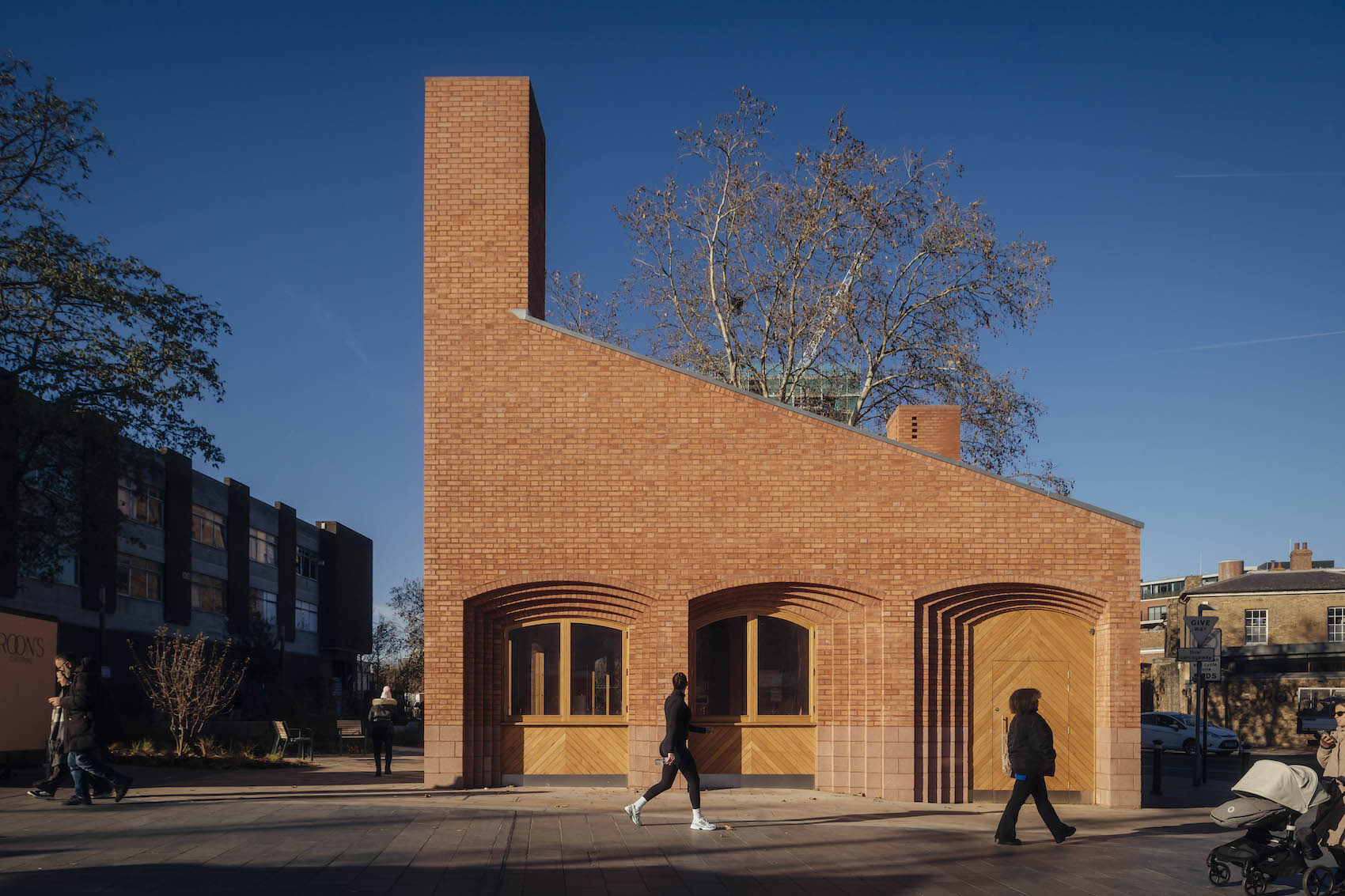Watch the AT webinar, in partnership with Kuraray and Selectaglaze, that explored the tensions between conservation and retrofit.
What products and materials are available to support the environmental upgrade of our historic building stock? How do you educate and empower homeowners to retrofit their homes? What strategies can we adopt to ensure that retrofit projects are Part L compliant? These were just some of the questions that were explored in this AT webinar, supported by Kuraray and Selectaglaze.
Chaired by Architecture Today Editor Isabel Allen, the event included presentations by Allan Gibson, Kuraray’s High Performance Product Manager for North Europe; Lauma Balina Principal Engineer and Partner at Max Fordham; Nic Dabney, Technical Sales Advisor at Selectaglaze; James Rixon, Director of Rixon Architecture; and a joint talk by Joe Dent, associate at Nex–, and Michele Verdi, associate at Donald Insall Associates.
Speakers (from left to right): Allan Gibson, Lauma Balina, Joe Dent, Michele Verd, Nic Dabney, and James Rixon.
Allan Gibson kicked off with a talk about the use of laminated glass in heritage buildings, and the additional benefits it can provide, as well as safety. He presented a wide range of projects, including the Royal Garrison Church in Portsmouth, an 800 year-old building that has served as a mediaeval hospital, Tudor ammunition store and, since the 1580s, a church for the armed forces; the Augusta Temple in Pozzuoli, Italy; the Bombay Sapphire Distillery at Laverstoke Mill in Portsmouth; and the 200-year-old Palm House at Edinburgh Botanical Gardens, to show how laminated safety glass has been used to improve safety and security, increase transparency, and reduce UV transmissions.
Modern interlayer technology from Kuraray is helping to protect the Royal Garrison Church in Portsmouth from the harmful effects of UV radiation and the environmental extremes of its coastal location (photo: Daedalus Conservation).
Lauma Balina ran through the issues involved in making heritage buildings Part L compliant, and presented case studies on two retrofit projects: Bristol Old Vic and the Entopia Building in Cambridge – where Fordham’s have implemented very different approaches to reducing energy use in historic buildings. Balina stressed that, while Part L compliance for listed buildings is not particularly stringent – there are ‘get out of jail free cards’ if environmental upgrades to the building fabric are considered technically, functionally or financially unviable – design teams have a responsibility to do their utmost to persevere even when it’s clear that it’s not going to be easy or straightforward.
Haworth Tompkins and Max Fordham’s sensitive reworking of Bristol Old Vic includes a major transformation of the foyers and front of house areas, as well as upgraded studio theatre facilities and building services (photo: Philip Vile).
Cross-disciplinary collaboration is key, as is an acceptance that compromises will have to be made where there is a conflict between key design principles and environmental upgrades. For example, acoustic targets may conflict with the need to open windows in summer months; the desired position of electrical sockets may be at odds with internal wall insulation; a wish for clear glass may have to be sacrificed in order to regulate heat gain.
View from the gallery bar across the foyer towards the historic wall, which is lit by a new rooflight (photo: Fred Haworth).
Nic Dabney from Selectaglaze provided advice on specifying secondary glazing for sustainable retrofit and conservation projects, challenging the widespread view that secondary glazing is an out-of-date solution and not appropriate for listed buildings. Showcasing a wide range of products and applications Dabney showed how secondary glazing can bring about significant improvements to acoustic and thermal performance with minimal or no impact on sightlines, daylight, or appearance, and listed the range of heritage organisations who support secondary glazing as the only means of upgrading historic windows that is completely reversible.
Unobtrusive floor-to-ceiling secondary glazing from Selectaglaze in The OWO Residences by Raffles, London (photo: James Attree).
James Rixon from Rixon Architecture gave an overview of the organisations and resources available to support those working to upgrade the environmental performance of our existing building stock, including the Cambridge Retrofit Hub, of which he is a director and co-founder. Based in a retrofitted domestic home, the organisation provides education and training but also doubles as a short-term holiday let allowing people to experience a low- carbon retrofitted home for themselves and also, crucially, providing overnight or short-term accommodation if families need to relocate while retrofitting takes place in their own homes.
Rixon Architecture’s refurbishment of Clunch House in Cambridge involved removing the existing cement render, and then applying Multipor breathable insulation and a lime render. New double-glazed timber windows were also installed, while existing external plastic pipes were replaced with aluminium ones (photos: Anna Pamphilon).
Finally, Joe Dent from Nex– and Michele Verdi from Donald Insall Associates presented a case study on Exeter College Library at the University of Oxford, a Grade II listed neo-gothic building dating from 1857 and designed by George Gilbert Scott. The two practices have collaborated on a comprehensive upgrade with Nex— leading the overall design vision, new alterations and design co-ordination, and Donald Insall Associates overseeing the repair of historic fabric and bookcases, design for the new roofs and providing heritage advice.
Won in competition by Nex—, in association with Donald Insall Associates, the refurbishment of Exeter College Library combines sensitive restoration work with skilfully handled contemporary interventions (photo: Will Pryce).
Arranged over two storeys with an adjoining lower annex in an L-shaped formation, the library had become increasingly dated and cramped. The entrance opened directly onto the reading room causing disturbance to those trying to study, as well as significant heat loss. The refurbishment includes the creation of a new entrance framed by an arch carved from Clipsham stone to echo the surrounding historic masonry and located at a pivotal point between the two wings of the building. A draft lobby leads to a top-lit arrival space incorporating toilet and locker facilities. A new staircase and lift make the building fully accessible for the first time.
a 14-metre-long cantilevered timber balcony extends to half the width of the library providing additional study space (photo: Will Pryce).
New clerestory windows within a replacement roof are an interpretation of Scott’s design approach to admitting daylight based on the ticket hall at St Pancras. Contemporary oak fixtures and fittings evoke the language of traditional library spaces while integrating new services along with secret doors to behind-the-scenes areas. In the annexe, a 1950s mezzanine floor has been replaced with a 14 metre cantilevered timber balcony, which extends to half the width of the room, providing additional study space but revealing the dramatic full height of the space.






















